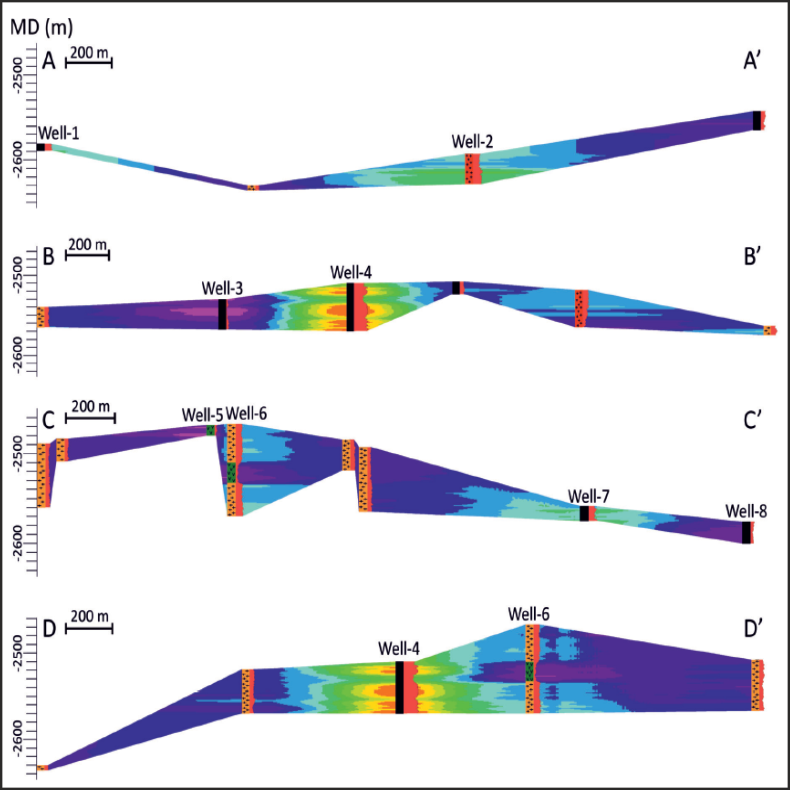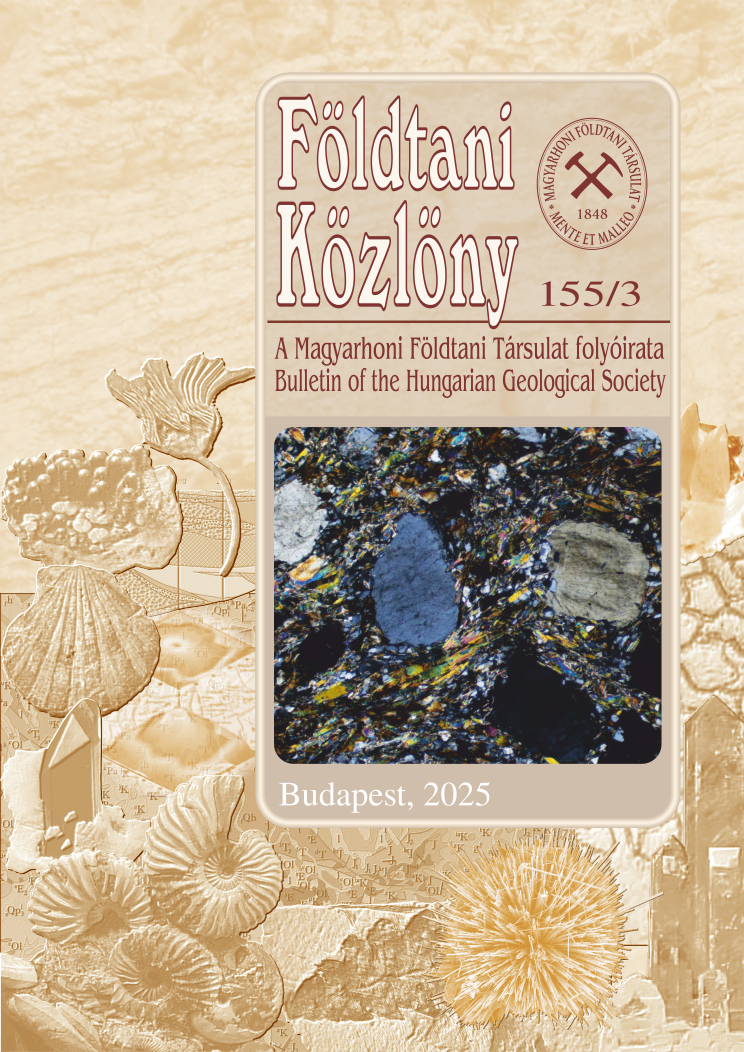Architecture of the metamorphic Algyő High (SE Pannonian Basin) based on lithological interpretation of natural gamma-ray logs
Abstract
The metamorphic basement of the Algyő High, located in the Pannonian Basin, is a reservoir unit within an important hydrocarbon system in the SE part of Hungary. Over the past century, more than 100 exploration wells have reached the basement in the area, providing a substantial number of core samples and well-log data for analysis. This study reviewed and analysed well-log data from these boreholes to establish correlations between primary metamorphic rock types and wireline logs, enhancing the spatial information derived from core samples. For geophysical–lithological correlation, natural gamma-ray intensity logs were considered the most suitable for this area. These logs are sensitive to lithological variations and are effective for large-scale lithological identification. Our results reveal significant lithological variations within the basement, reflected in variations in gamma-ray intensities. The well-log data for the entire area confirm that the basement of the Algyő High comprises three major blocks. The northwest and southeast portions of the area, dominated by garnet–kyanite gneiss, exhibit higher gamma intensities compared to the central region, which is characterised by low-grade metamorphic rocks and lower gamma intensities. The analysis of the entire region revealed anomalies in gamma intensities in the southeastern part. Focusing on this area, the petrographic and well-log data indicated that the basement is dominated by garnet–kyanite gneiss with zones of garnetiferous amphibolite with low gamma intensities. Within the gneiss mass, metagranite with higher gamma intensities was identified. This rock type is interpreted as young granite/granodiorite intrusive dykes. These intrusions may have affected the mineralogical and chemical composition of the host gneiss, resulting in metasomatised zones within the garnet–kyanite gneiss realm, which are interpreted as metasomatised gneiss. The analysis of wireline data in conjunction with core samples provides new insights into the complex lithological composition and structural evolution of the area.
















